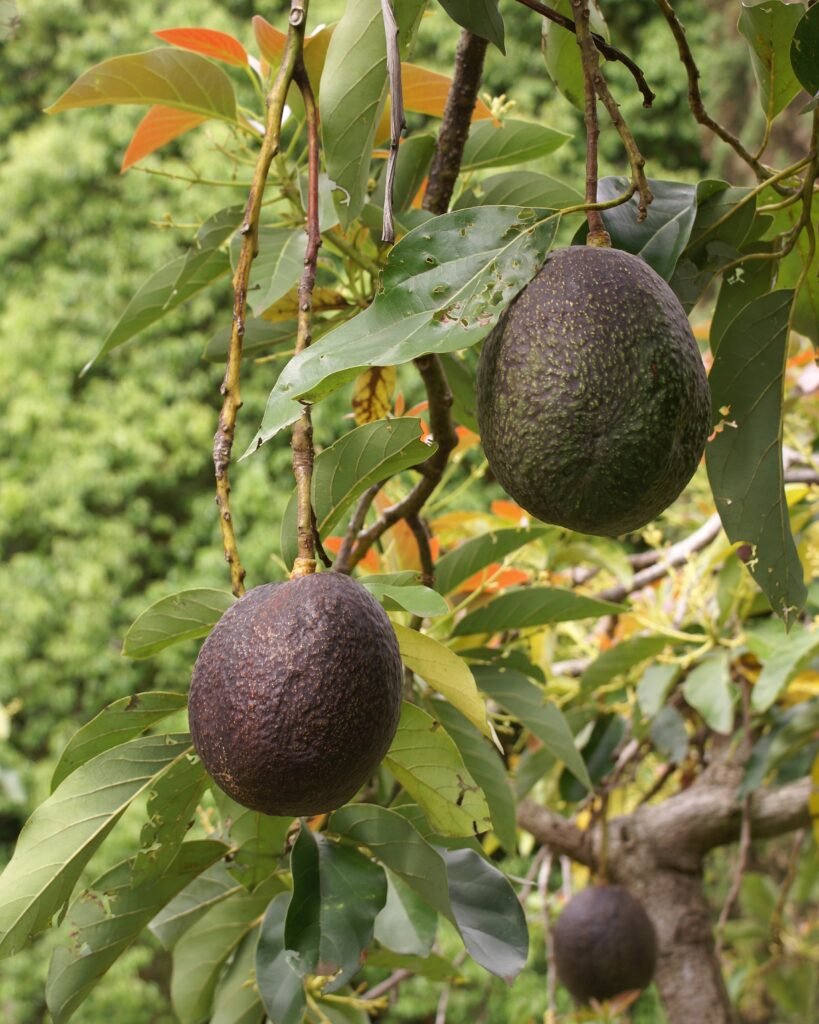Picture this: you’re driving down a highway in Kansas when suddenly, the sky turns black. Not from storm clouds, but from billions of particles of topsoil being ripped from the earth and hurled skyward by relentless winds. For those who lived through the 1930s Dust Bowl, this nightmare was reality. Today, as we face unprecedented climate challenges and witness alarming soil degradation patterns across the globe, the question isn’t just academic anymore—it’s urgent.
The Perfect Storm That Created America’s Greatest Environmental Disaster

The Dust Bowl didn’t happen overnight. It was the result of a catastrophic combination of human shortsightedness and nature’s fury that turned the Great Plains into what looked like an alien landscape. Farmers had spent decades ripping up the deep-rooted prairie grasses that had held the soil together for thousands of years, replacing them with wheat and other crops that offered little protection against wind erosion.
When the worst drought in recorded history hit the region in the early 1930s, the stage was set for disaster. Without moisture to bind the soil and without the native vegetation to anchor it, millions of tons of topsoil simply lifted off the ground. The result was biblical in scale—dust storms so massive they could be seen from space, if satellites had existed then.
When the Sky Turned Black: The Anatomy of Dust Bowl Storms

These weren’t your typical dust devils or desert sandstorms. Dust Bowl storms were towering walls of earth that could reach heights of 10,000 feet and stretch for hundreds of miles. Witnesses described them as “black blizzards” that turned day into night in minutes, burying entire towns under feet of displaced soil.
The dust was so fine it could penetrate through the smallest cracks, coating everything inside homes and making breathing nearly impossible. People wore wet cloths over their faces just to survive, and many developed “dust pneumonia”—a condition that killed hundreds and left thousands more with permanent lung damage.
Human Cost Beyond Imagination

The human toll of the Dust Bowl was staggering. Over 3.5 million people were forced to abandon their homes, creating the largest migration in American history. These “Dust Bowl refugees,” immortalized in John Steinbeck’s “The Grapes of Wrath,” lost everything—their farms, their livelihoods, their communities.
Children died from dust pneumonia, families were separated, and entire communities simply ceased to exist. The psychological trauma was immense, with many survivors never fully recovering from the experience of watching their world literally blow away. It was environmental catastrophe and human tragedy rolled into one devastating decade.
The Modern Soil Crisis Hiding in Plain Sight
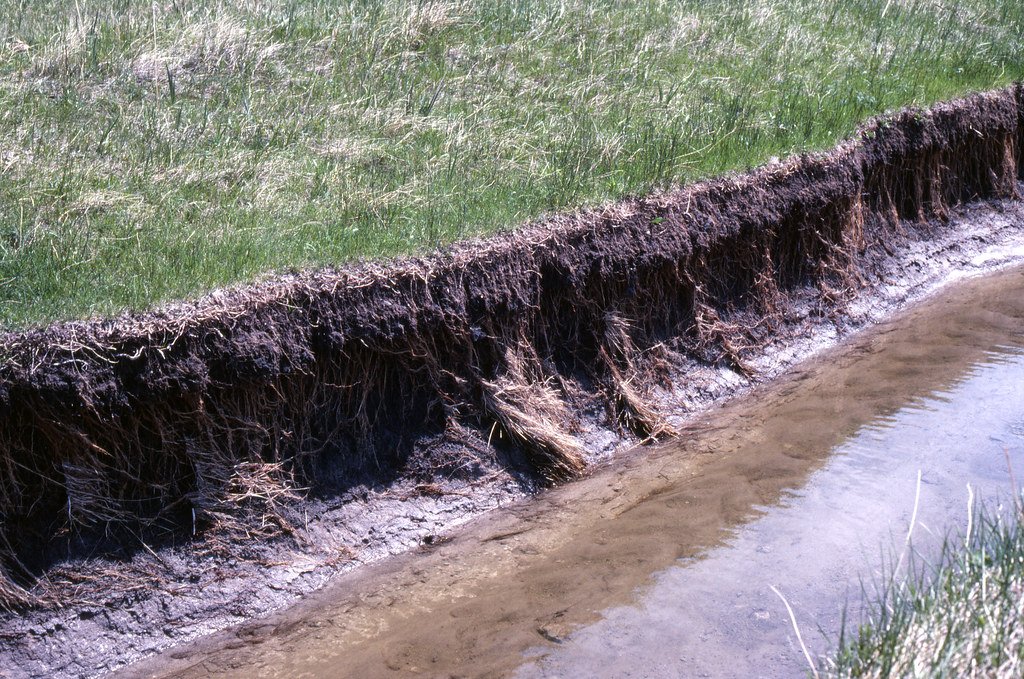
Here’s something that might shock you: we’re currently losing soil at rates that make the Dust Bowl look like a gentle breeze. According to recent studies, the world loses 24 billion tons of fertile soil annually—that’s equivalent to losing an area the size of Greece every single year. In the United States alone, topsoil is disappearing 10 times faster than it can naturally regenerate.
Modern industrial agriculture, while feeding billions, has created a system that’s eerily similar to the pre-Dust Bowl era. Massive monoculture farms, heavy tillage, and the removal of natural windbreaks have left vast areas of farmland vulnerable to erosion. The protective native grasslands that once covered the Great Plains? Most of them are gone forever.
Climate Change: The New Wild Card
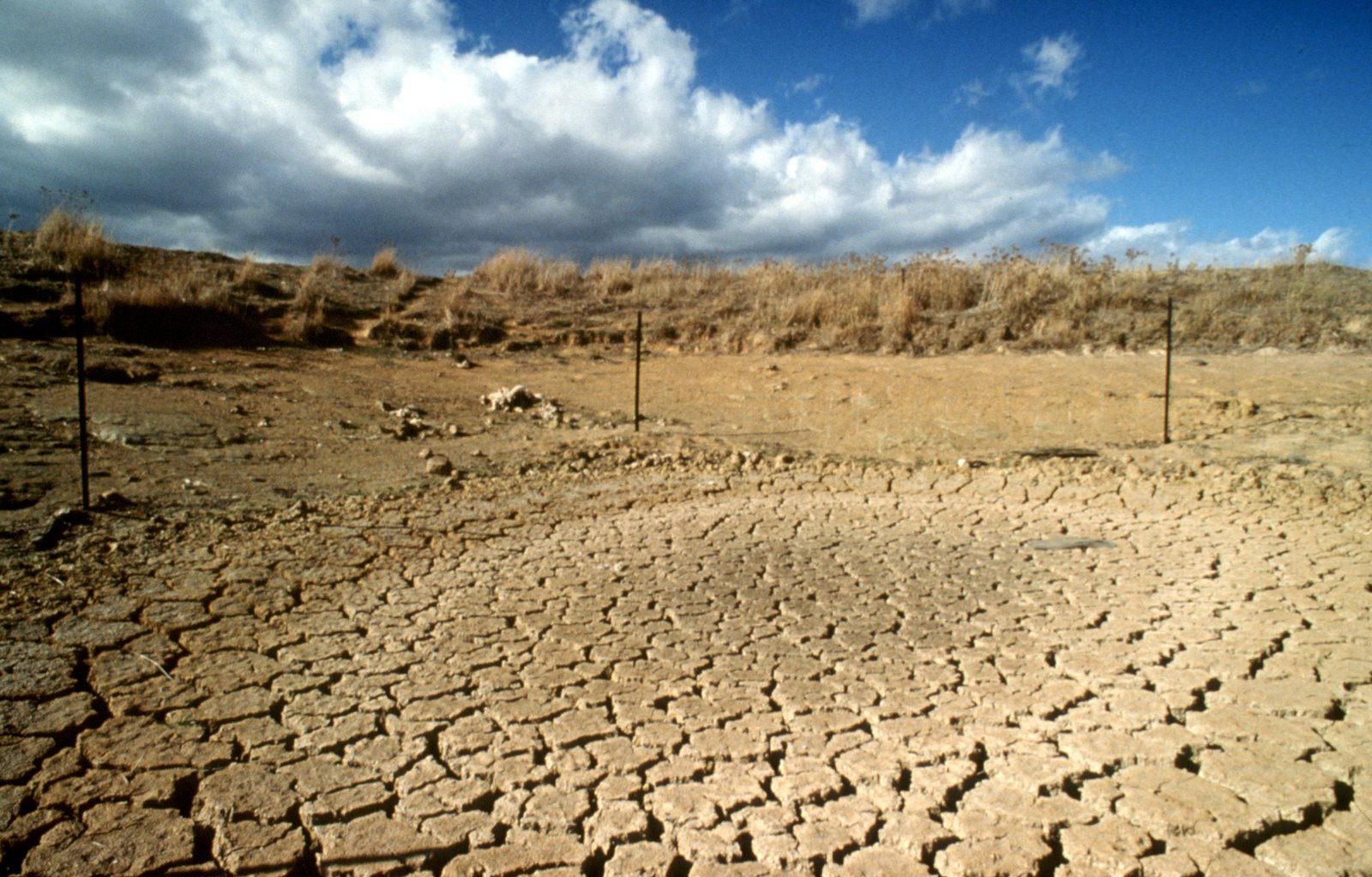
Climate change has introduced variables that didn’t exist during the original Dust Bowl. Rising temperatures are creating more extreme weather patterns, including longer and more severe droughts. The jet stream, which controls weather patterns across North America, is becoming more erratic, leading to prolonged periods of unusual weather conditions.
What’s particularly concerning is that climate models predict the Great Plains will experience more frequent and intense droughts in the coming decades. Unlike the 1930s drought, which was largely a natural phenomenon, these future droughts will be supercharged by human-caused climate change. It’s like adding rocket fuel to an already dangerous situation.
The Ogallala Aquifer: America’s Underground Ocean Running Dry

Beneath the Great Plains lies one of the world’s largest underground water sources—the Ogallala Aquifer. This massive reservoir has been the lifeline for farming across eight states, but it’s being drained at an alarming rate. Some areas are pumping water out 50 times faster than nature can replenish it.
When this water runs out, millions of acres of currently irrigated farmland will return to the dry conditions that existed before modern irrigation. Without this underground safety net, the region becomes exponentially more vulnerable to drought and soil erosion. It’s like removing the fire department right before fire season.
Technological Shields: How Modern Farming Fights Back

Today’s farmers aren’t defenseless against soil erosion. No-till farming techniques leave crop residue on the surface to protect soil from wind and water erosion. Cover crops planted between growing seasons help hold soil in place and add organic matter. GPS-guided precision agriculture reduces the need for excessive tilling and chemical inputs.
Advanced weather monitoring systems can predict dangerous conditions days in advance, allowing farmers to take protective measures. Satellite imagery helps identify problem areas before they become critical, and sophisticated soil testing ensures that land management decisions are based on real data rather than guesswork.
Warning Signs Already Visible on the Horizon

The signs are already there for those paying attention. In 2012 and 2014, dust storms reminiscent of the 1930s swept across parts of Texas, Oklahoma, and Kansas. These weren’t isolated incidents—they were symptoms of underlying vulnerabilities that persist despite decades of technological advancement.
Satellite images reveal ongoing soil erosion across the Great Plains, with some areas losing topsoil at rates comparable to the Dust Bowl era. The difference is that these modern losses are more gradual and less visually dramatic, making them easier to ignore until it’s too late.
The Corporate Agriculture Paradox

Modern agriculture faces a fundamental contradiction. The same industrial practices that allow us to feed a growing global population also make our food system more vulnerable to catastrophic collapse. Large-scale monocultures, while efficient, create vast areas of biological uniformity that are inherently unstable.
Corporate farming operations, driven by short-term profit margins, often prioritize immediate productivity over long-term soil health. This economic pressure can lead to decisions that increase erosion risk, especially during financially difficult periods when conservation measures might be seen as luxury expenses.
International Lessons From Other Dust Bowls

The American Dust Bowl wasn’t unique. Similar disasters have occurred around the world, offering sobering lessons about what happens when human activity disrupts natural systems. In the 1960s, the Soviet Union’s “Virgin Lands” campaign led to massive soil erosion across Kazakhstan and southern Russia when millions of acres of grassland were converted to wheat production.
More recently, northern China has experienced severe desertification and dust storms as agricultural expansion and overgrazing have degraded vast areas of land. These international examples show that the conditions that created the Dust Bowl aren’t uniquely American—they’re a universal consequence of unsustainable land management practices.
The Role of Extreme Weather Events
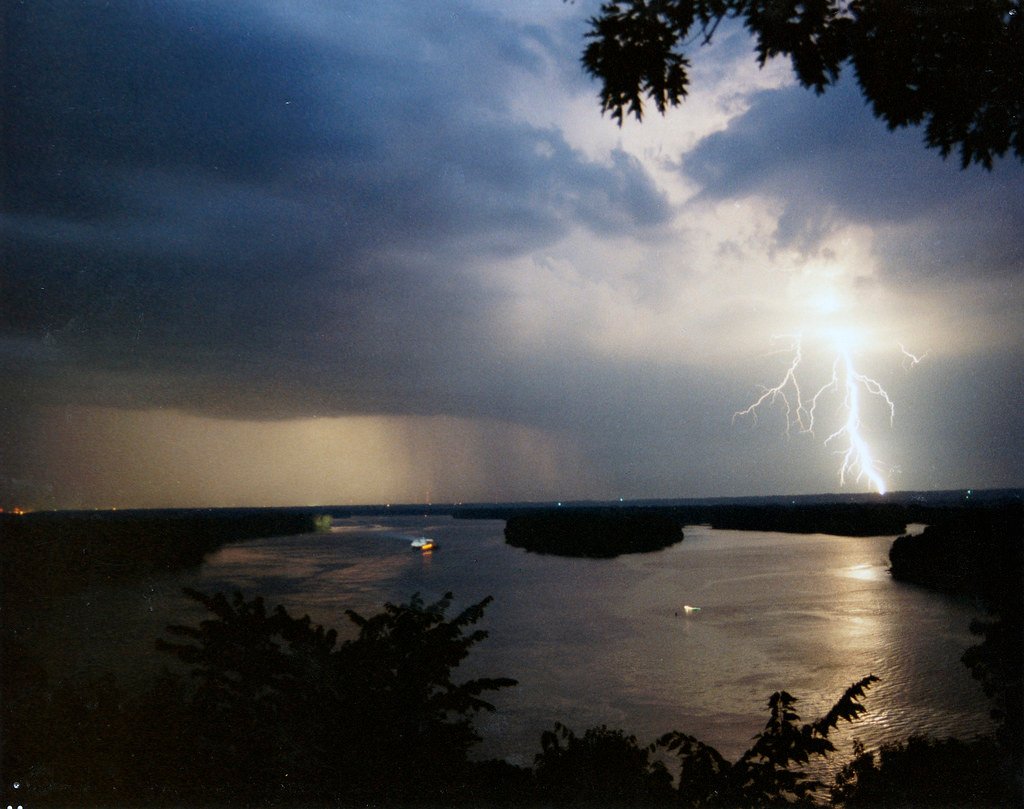
Climate change isn’t just making droughts worse—it’s making all weather more extreme. The same atmospheric changes that create prolonged droughts also generate more powerful storms and more erratic wind patterns. These extreme weather events can trigger massive erosion in ways that were less common during the original Dust Bowl era.
Derecho storms—powerful, long-lived windstorms—are becoming more frequent and intense. These events can strip away topsoil across hundreds of square miles in just a few hours, creating instant dust bowl conditions even in areas that seemed well-protected. It’s nature’s way of reminding us that our technological safeguards have limits.
Urban Sprawl and the Disappearing Buffer Zone

Something that didn’t exist during the 1930s is the massive urban and suburban development that now surrounds many agricultural areas. This development has eliminated many natural windbreaks and buffer zones that once provided protection against erosion. When dust storms occur now, they directly impact populated areas, creating public health emergencies rather than just agricultural disasters.
The expansion of cities and suburbs has also reduced the amount of land available for conservation programs. Areas that might once have been allowed to return to native grassland are now valuable real estate, creating economic pressure to keep marginal land in production even when it would be better suited for conservation.
Water Wars and Agricultural Vulnerability

Water scarcity is becoming a critical factor in agricultural stability across the American West and Great Plains. Legal battles over water rights are intensifying as supplies dwindle, and some farmers are already being forced to abandon irrigation in favor of dryland farming. This transition makes crops more vulnerable to drought and increases the risk of soil erosion.
Interstate water compacts written decades ago are being challenged as states fight over dwindling supplies. When irrigation systems fail or are shut down due to water shortages, the land quickly returns to conditions similar to those that existed before the Dust Bowl—dry, exposed, and vulnerable to wind erosion.
The Economic Time Bomb

The economic implications of another dust bowl would be catastrophic on a scale that dwarfs the 1930s disaster. Today’s agricultural system feeds not just America but much of the world. A significant disruption to Great Plains agriculture would trigger global food shortages and price spikes that could destabilize entire regions.
The interconnected nature of modern financial markets means that agricultural disasters can trigger economic crises far from the affected areas. Insurance companies, banks, and investment funds all have massive exposure to agricultural risk, creating the potential for economic contagion that didn’t exist during the original Dust Bowl.
Scientific Innovation vs. Natural Limits

While technology has given us powerful tools to combat soil erosion, it hasn’t changed the fundamental laws of physics and ecology that govern soil formation and stability. You can’t engineer your way out of losing topsoil faster than nature can create it. The most advanced monitoring systems in the world can’t prevent erosion if the underlying conditions favor soil loss.
Some researchers argue that our technological confidence has made us complacent about natural risks. The assumption that science can solve any problem may be leading us to ignore warning signs that would have seemed obvious to farmers in the 1930s who lived closer to the land and understood its limitations more intimately.
The Regenerative Agriculture Revolution
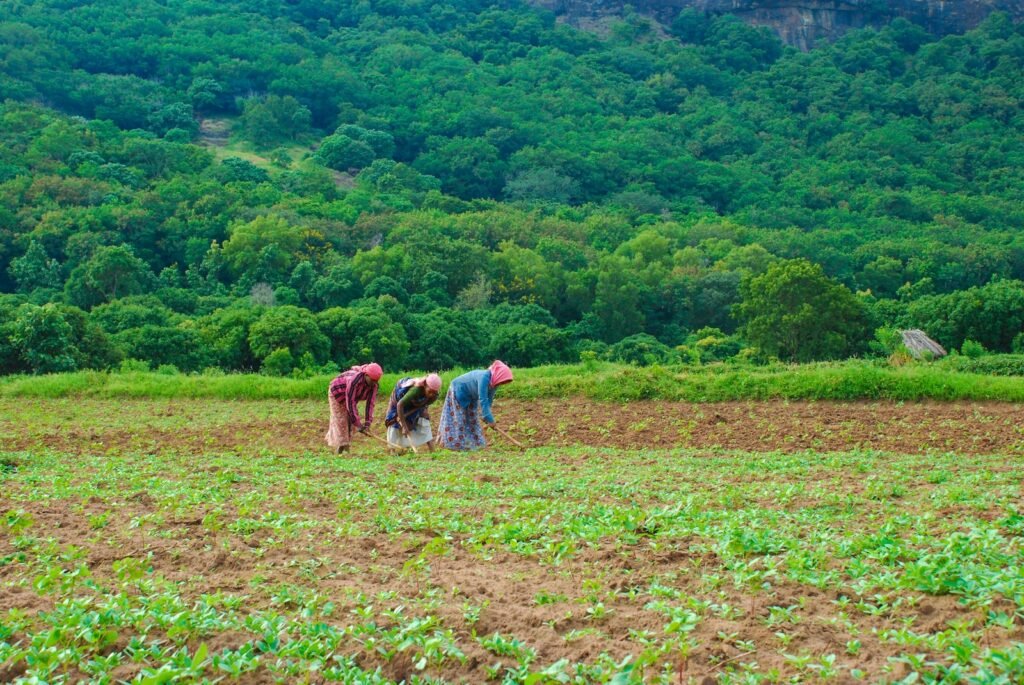
A growing movement of farmers and researchers is promoting regenerative agriculture practices that could provide hope for preventing another dust bowl. These techniques focus on rebuilding soil health through diverse crop rotations, minimal tillage, and the integration of livestock into cropping systems. The goal is to create farming systems that actually improve soil condition over time rather than depleting it.
Some regenerative farms are already demonstrating remarkable resilience to drought and extreme weather. By rebuilding soil organic matter and creating more diverse plant communities, these operations are essentially recreating some of the natural conditions that made the original prairie ecosystem so stable and erosion-resistant.
Policy Failures and Political Reality

Despite decades of scientific warnings about soil erosion, political support for conservation programs remains inconsistent and inadequate. Farm bills that include conservation funding face regular political battles, and programs are often underfunded or eliminated when budget pressures mount. The short-term nature of political cycles makes it difficult to maintain long-term conservation commitments.
International trade policies also create perverse incentives that encourage unsustainable farming practices. Pressure to remain competitive in global markets can push farmers to maximize short-term production at the expense of long-term soil health, recreating the same economic pressures that contributed to the original Dust Bowl.
The Tipping Point Question

Scientists are increasingly concerned that we may be approaching ecological tipping points where gradual environmental degradation suddenly accelerates into catastrophic collapse. The transition from stable grassland to dust bowl conditions may not be gradual—it could happen rapidly once certain thresholds are crossed.
Climate research suggests that the Great Plains could experience a sudden shift to much drier conditions within decades rather than centuries. Combined with ongoing soil degradation and water depletion, this could trigger dust bowl conditions more severe and long-lasting than anything experienced in the 1930s. The question isn’t whether this could happen, but whether we’ll recognize the warning signs in time to prevent it.
Conclusion: Racing Against Time
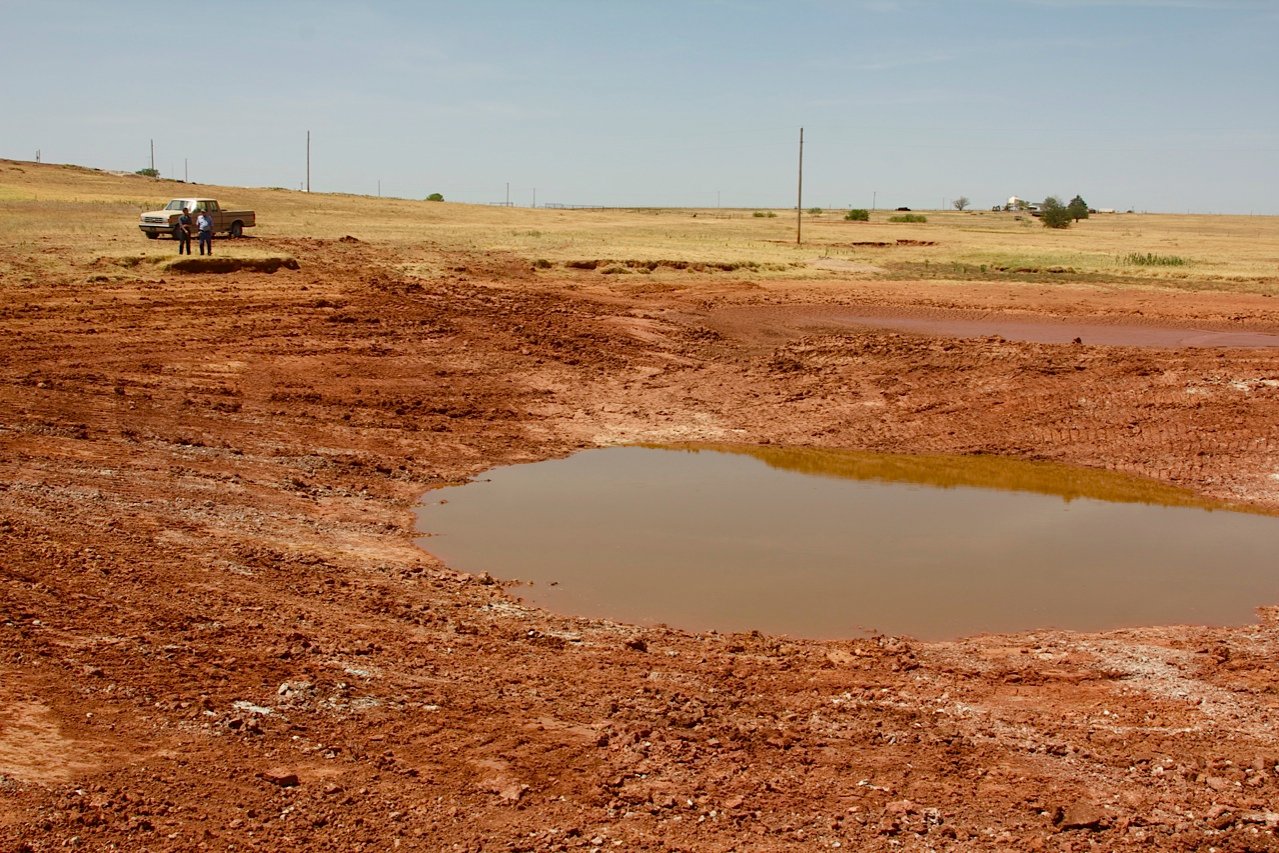
The ghost of the Dust Bowl haunts every drought, every dust storm, and every acre of eroded farmland across the Great Plains. While we have better tools and knowledge than our predecessors, we also face challenges they never imagined—climate change, water depletion, and global economic pressures that make sustainable farming more difficult than ever.
The sobering truth is that another dust bowl isn’t just possible—it’s probable unless we make fundamental changes to how we manage our land and water resources. The warning signs are already visible for those willing to see them, from depleting aquifers to increasing soil erosion rates that match the worst years of the 1930s.
Perhaps the most important lesson from the original Dust Bowl is that environmental disasters don’t announce themselves with fanfare—they build quietly until suddenly, the sky turns black and it’s too late to change course. Are we listening to the land’s warnings this time, or are we destined to repeat one of America’s greatest environmental catastrophes?




